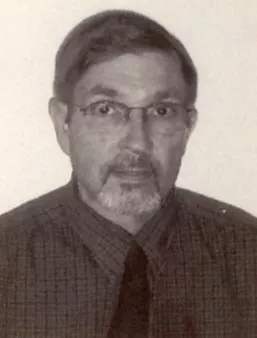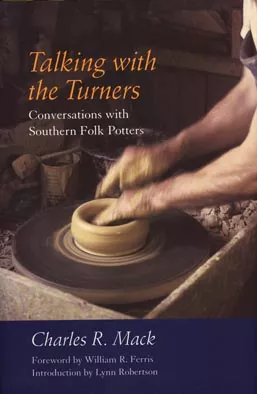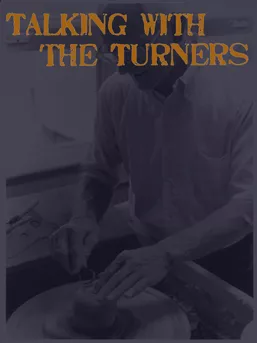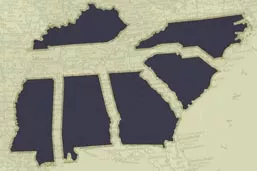In 1981, University of South Carolina art professor Charles Mack traveled the South to document traditional pottery. A departure for Mack, whose research normally focused on Italian Renaissance architecture, he also had a passion for traditional pottery. Supported by a Research and Productive Scholarship Grant from the university, he set out to document every traditional potter still working in the region. Mack collected over two hundred pieces of pottery, took hundreds of photographs, and recorded over twenty hours of interviews with more than forty potters. Mack’s research resulted in the recently published book “Talking with the Turners: Conversations with Southern Folk Potters” and was a major component of an exhibit at McKissick Museum in the fall of 2006.
While his documentation includes prominent names like Meaders and Cornelison, Mack also worked less well known, yet significant potters like Gerald Stewart, D. X. Gordy, and Boyd S. Hilton. Most of the potters have since passed away and with some, so did their potting traditions. Others, like Hewell Pottery in Georgia and Jerry Brown Pottery in Alabama, continue to thrive and offer powerful testimony to the importance of folk tradition and cultural identity.
The McKissick folklife department is continuing this documentation process, focusing on the changes that have taken place in South Carolina since Mack travelled through over twenty five years ago.
Several traditions have been revived and grow more vibrant each day. Others have unfortunately passed out of active practice. Traditional pottery in South Carolina is a reflection of other forms of folk art in the region – always in a state of change and adaptation.
Should "self-taught" potters be excluded from this dialogue? What exactly is the definition of self-taught? Several self-taught potters offer interesting perspectives on the role of tradition and the influences, direct or indirect, they have on the constantly changing pottery landscape.



